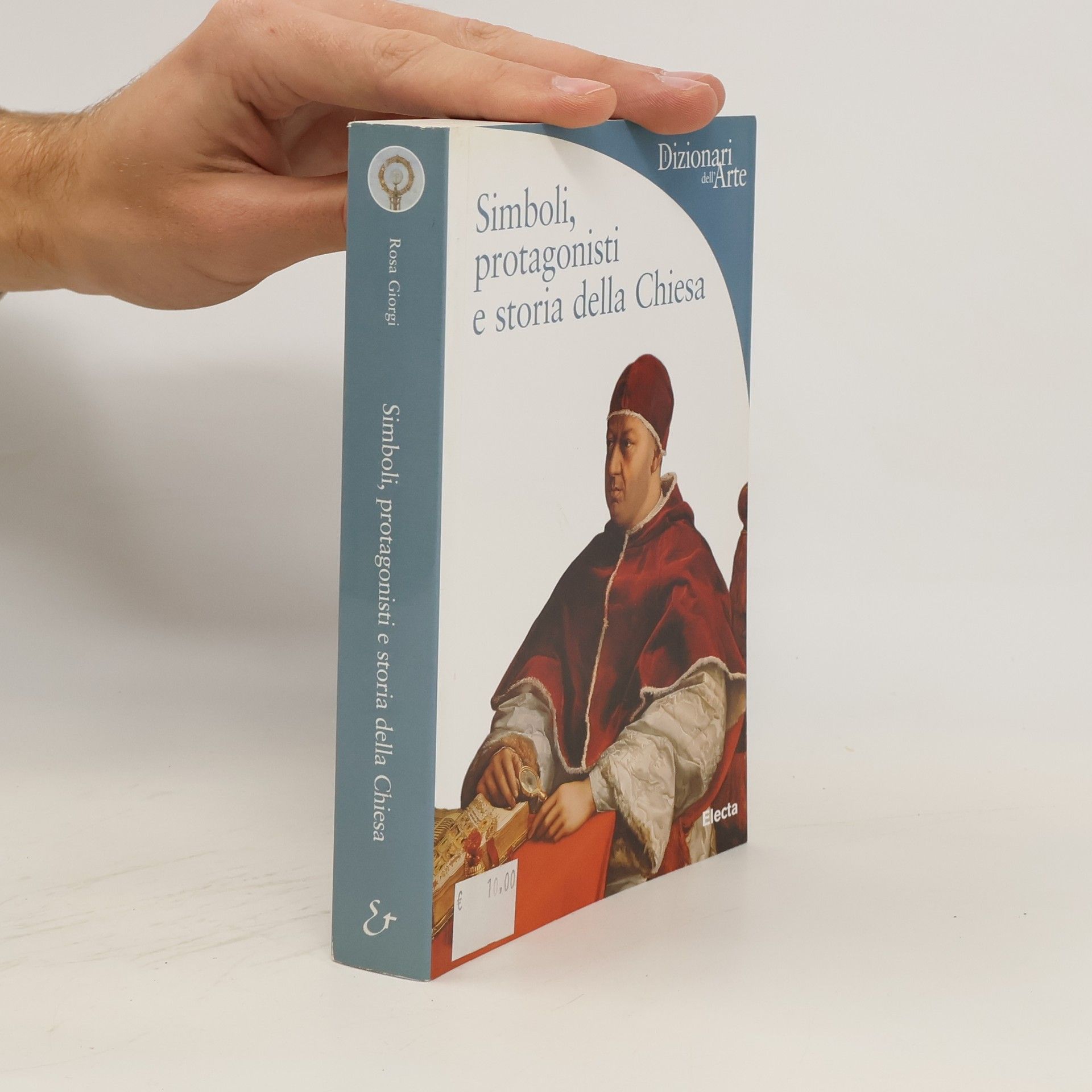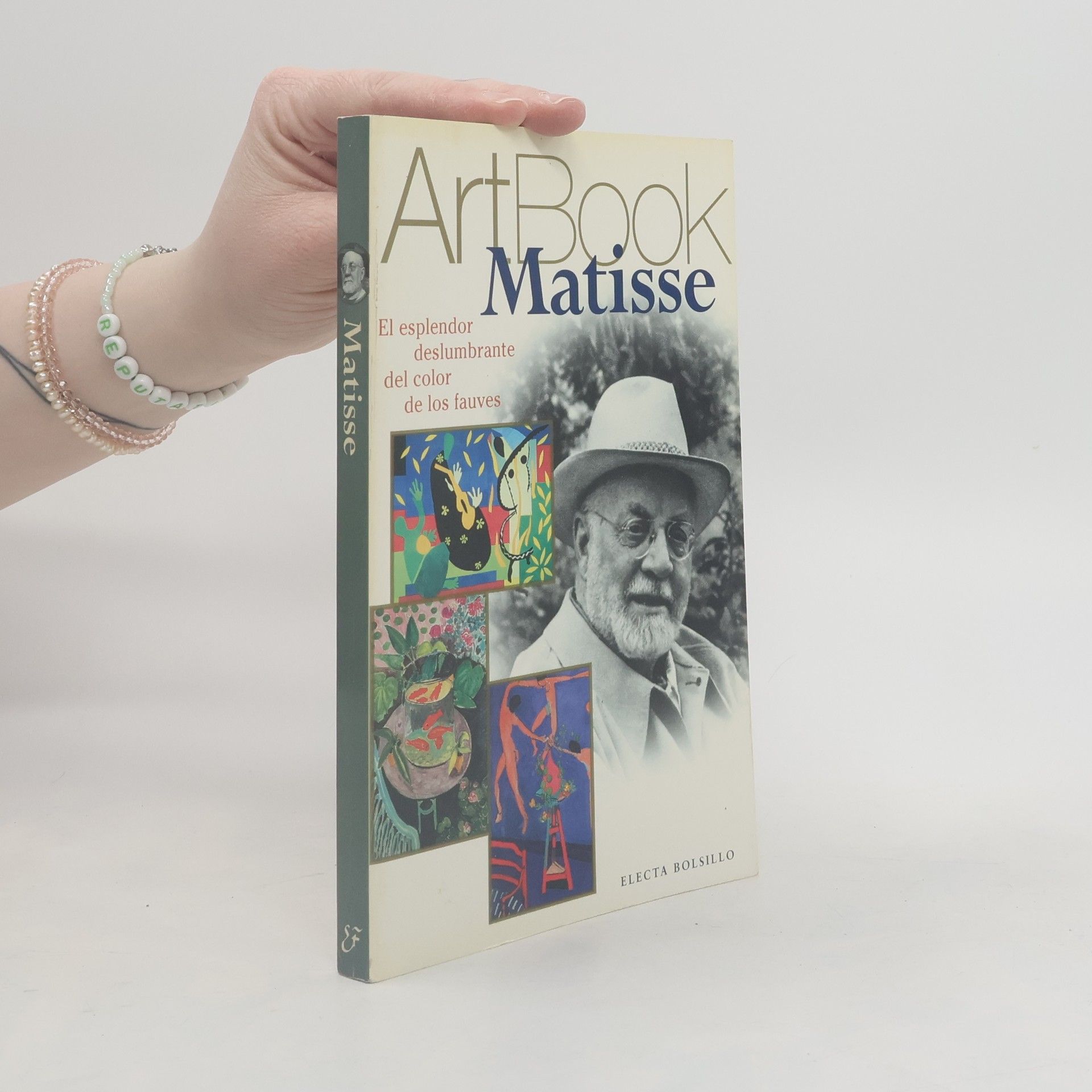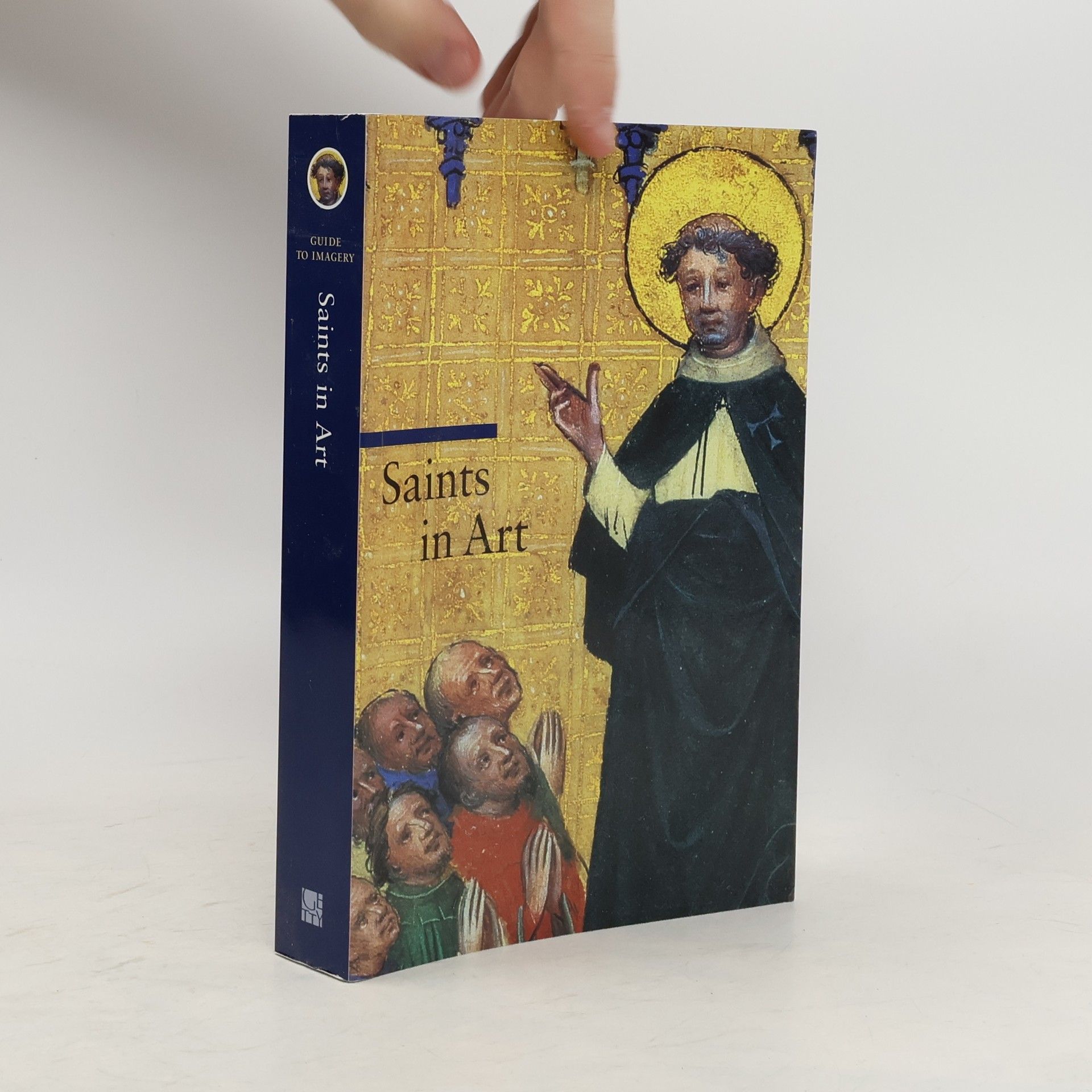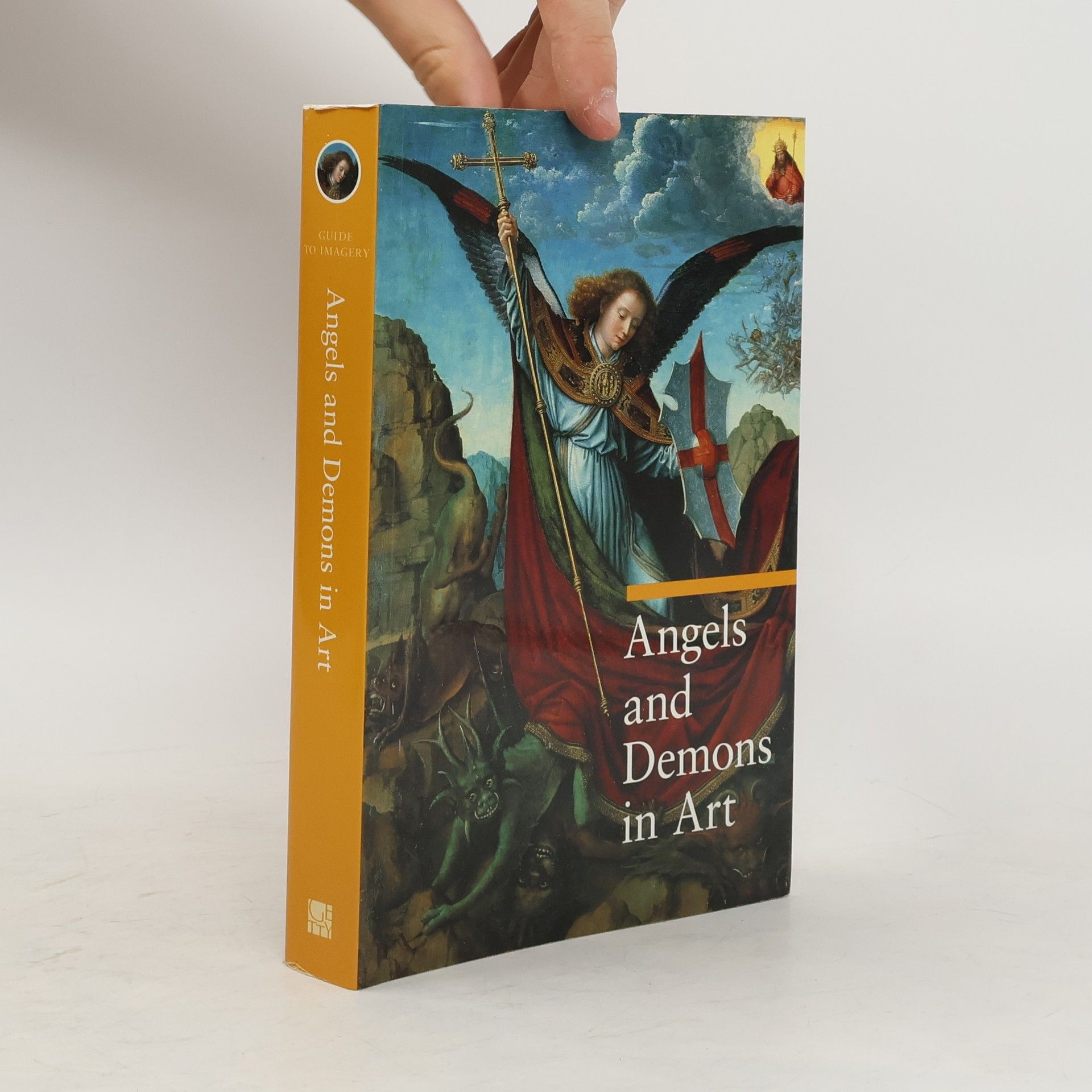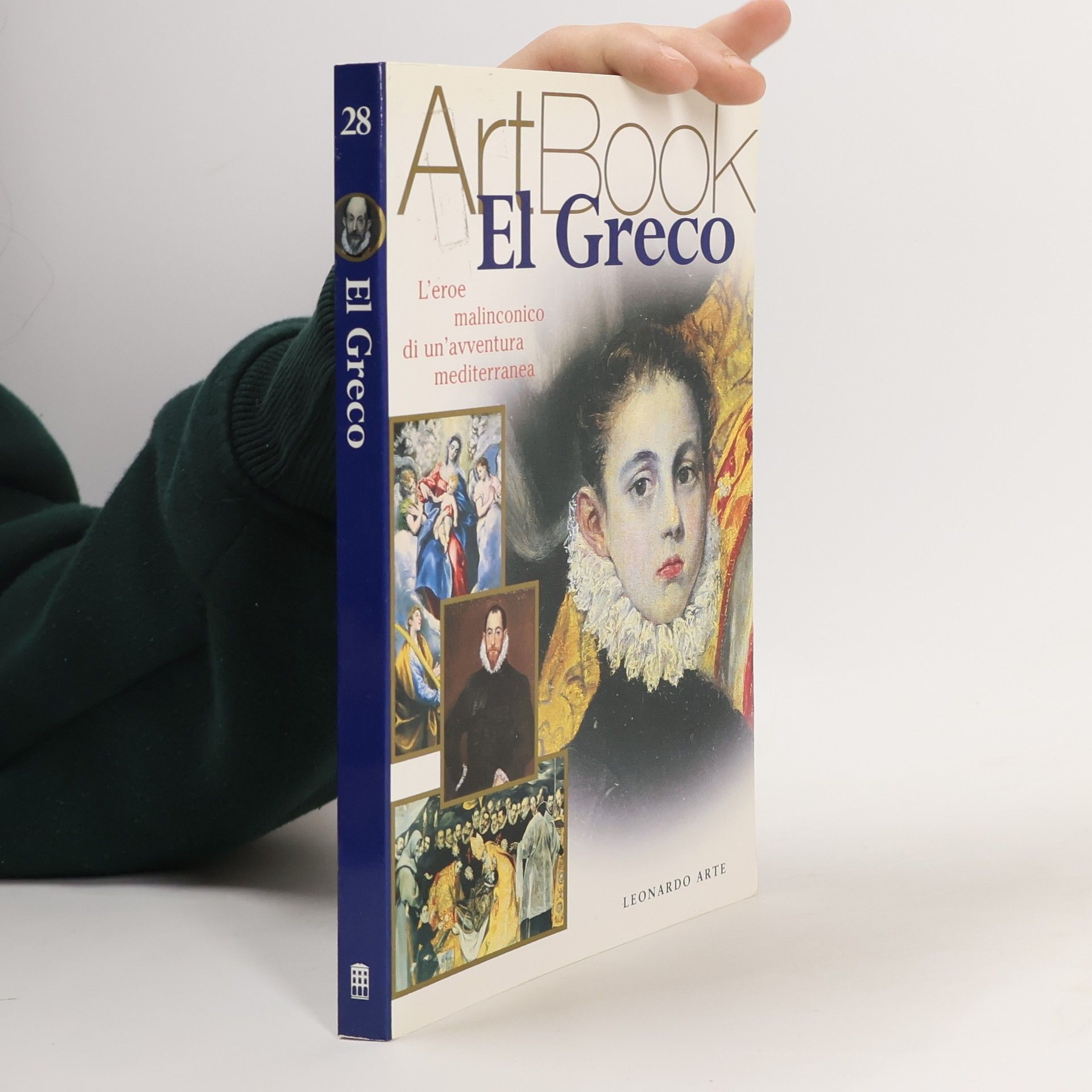The History of the Church in Art
- 382pages
- 14 heures de lecture
In this richly illustrated volume Rosa Giorgi argues that because much of Western art depicts key events, leaders, and practices in the history of the Christian Church, knowledge of that history is critical to an appreciation of many of our great masterpieces. Giorgi begins by analyzing artistic representations of liturgical objects, including altars, crosses, and censers, and follows with an examination of the duties and vestments of the variety of clerics, ranging from minor clerks to the pope. Both the rituals of the monastic life and worshippers’ devotional practices are well documented in paintings depicting prayer, communal meals, funeral rites, religious processions, and cult practices. The author next turns to artworks that capture important episodes from the Church’s history, including crusades and pilgrimages, the Inquisition and the Reformation, and power struggles between popes and secular rulers. Giorgi ends with an analysis of the lives and portraits of the notable leaders who contributed to this fascinating history, from Peter and Paul to Thomas More to Pope Paul VI .
